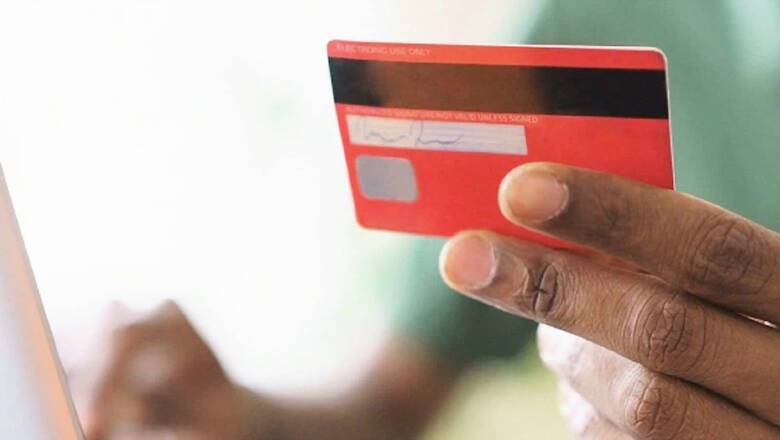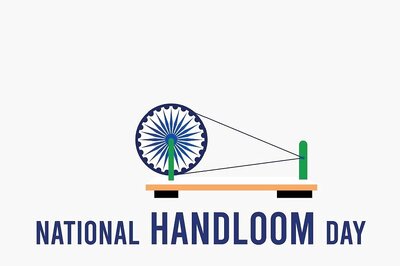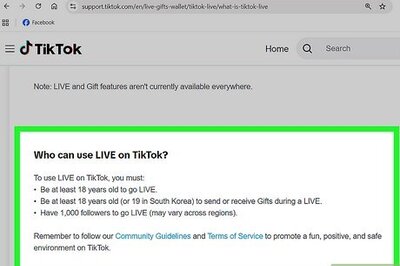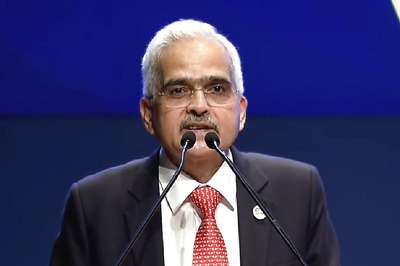
views
To target areas with deficient payment acceptance (PA) infrastructure, RBI Governor Shaktikanta Das on Friday proposed to introduce a framework for leveraging geo-tagging technology for capturing exact location information on all existing and new PA infrastructure viz., Point of Sale (PoS) terminals, Quick Response (QR) Codes, etc.
This would complement the Payment Infrastructure Development Fund (PIDF) framework of the Reserve Bank in ensuring wider geographical deployment of PA infrastructure, he added.
He further said, ensuring wider availability of payments acceptance infrastructure throughout the country has been one of the priority areas for financial inclusion.
Das in his bi-monthly monetary policy review the geo-tagging framework would complement the PIDF framework by better deployment of acceptance infrastructure and wider access to digital payments.
To ensure a balanced spread of acceptance infrastructure across the length and breadth of the country, it is essential to ascertain location information of existing payment acceptance infrastructure, he said.
“In this regard, geo-tagging technology, by providing location information on an ongoing basis, can be useful in targeting areas with deficient infrastructure for focussed policy action,” said the RBI’s statement on Friday.
RBI spoke about geo-tagging of payment devices for the first time in its 2019-2021 vision document, made public on May 15, 2019.
“In order to measure the adoption of digital payments, it is essential to have geographical location of the payment system touch points [bank branches, ATMs, PoS terminals, Business Correspondents (BCs), etc.] across the country. The Reserve Bank is examining a framework to capture the location and business details of commercial bank branches, ATMs and BCs. It is envisaged to extend a similar framework to capture and maintain information about PoS terminals and other payment system touch points as well.” read the document.
The RBI on Friday announced its policy decision at the end of the 3-day bi-monthly review meeting. The monetary policy committee maintained status quo on key policy rates and in its future stance to support growth and tackle inflation.
It kept the repo rate unchanged at 4 per cent and reverse repo rate untouched at 3.35 per cent.
The Central bank also enhanced the limit the Immediate Payment Service (IMPS). From now on, bank customers can transfer Rs 5 lakh via IMPS. Earlier the limit for IMPS transfer was restricted at Rs 2 lakh, other than SMS and IVRS. “Immediate Payment Service (IMPS) offers instant domestic funds transfer facility 24×7 through various channels.
Introduced in 2010, IMPS or Immediate Payment Service is a 24X7 service is one of the most-used banking facility to transfer money real time.
Read all the Latest News , Breaking News and IPL 2022 Live Updates here.




















Comments
0 comment